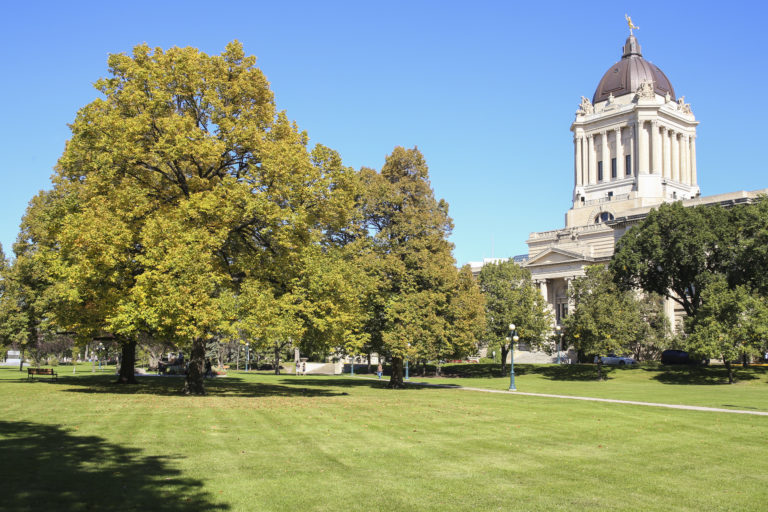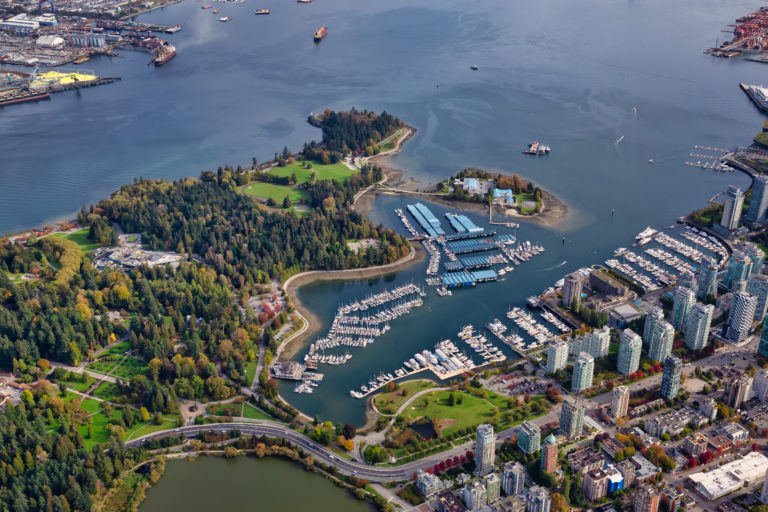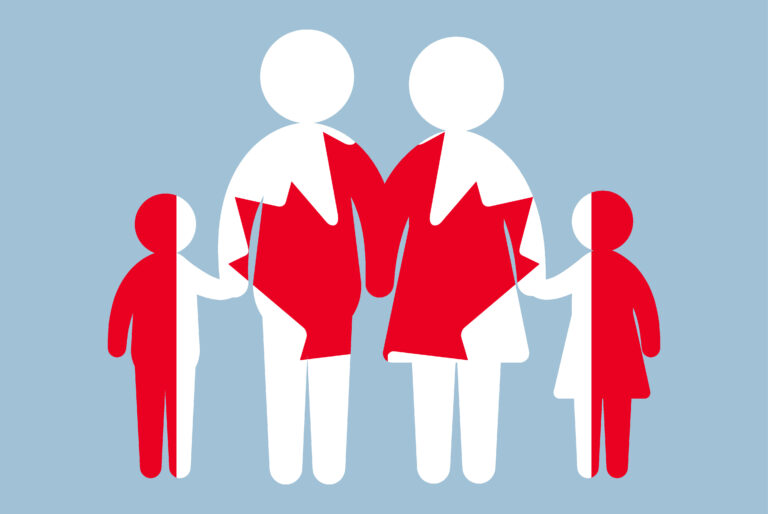Canada immigration news: A boom in the number of post-graduate diplomas and certificates at Canadian colleges is being driven by international students – particularly those from India, reports Statistics Canada.
“Graduations with college post-graduate credentials more than doubled from 2014 to 2019, rising from 12,300 to 33,200,” reveals the statistical and demographic services agency.
“This growth was mainly driven by Indian international students, whose graduations with these credentials grew tenfold over the same period, from 1,800 to 17,700.”
Read More Canada Immigration News
RBC Urges Canada To Invest $50m In Wage Subsidies For International Students
Canada Study Permits For International Students Processed At Record Pace
Extra Year For Canada International Students To Take Online Courses And Get PGWP
College postgraduate credential programs are those geared to students who have completed either a college certificate or diploma program or a bachelor’s degree.
Some college postgraduate credential programs accept students with either of those types of prerequisites; others specifically require a bachelor’s degree. People who complete college postgraduate credential programs receive certificates or diplomas.
In contrast to this college, programs are those completed by students coming straight out of high school.
In Study: The Rising Popularity of College Postgraduate Credential Programs in Canada, Statistics Canada strongly suggested this week a desire to immigrate to Canada and gain permanent residency is likely driving the boom in the number of Indian students enrolling in these programs.
Watch Video
“Gaining permanent residency was a relatively common outcome among international students who completed a college postgraduate credential, with 80 per cent obtaining it within five years of graduation,” noted Statistics Canada.
“This compares to 71 per cent for those who completed a non-postgraduate college certificate or diploma, 69 per cent with a master’s degree, and 50 per cent with a bachelor’s degree.”
The value of a post-graduate college credential for those seeking to immigrate lies in its ability to both help the applicant land a good job in Canada and also to increase his or her Comprehensive Ranking System (CRS) score and have his or her profile more highly ranked in the Express Entry pool.
A post-secondary education of one to two years adds another 15 points to the applicant’s CRS score.
Landing A Job In Canada Can Add Up To 200 Points To A CRS Score
Under current regulations, applicants with an arranged employment offer under National Occupational Code (NOC) 00 (senior management) will receive 200 points under their CRS score, while those with NOC 0, A or B will receive 50 points.
In addition to its value in boosting an applicant’s CRS score and getting a job, Canadian college postgraduate credentials allow students to command bigger salaries.
“On average, international students who graduated with a college postgraduate credential in 2015 earned $44,000 in 2019,” noted Statistics Canada.
“This average earning, which excludes those without any wage earnings, was higher than for those with a non-postgraduate college certificate or diploma, who earned an average of $38,000, but less than those with a bachelor’s degree, who commanded average salaries of $47,000.”
Last year, Immigration, Refugees and Citizenship Canada (IRCC) issued 444,860 study permits, 38.1 per cent, or 169,565, of which went to international students from India.
In the first six months of this year, IRCC data reveals the 82,140 study permits issued to Indian students comprised an even bigger chunk, 41.4 per cent, of the total 198,345.
Many more study permit applications were then in the pipeline.
On Aug. 2, IRCC officials revealed they were then facing a pile of 183,675 applications for study permits and 31,547 applications for study permit extensions yet to be approved.
Students Waiting For Study Permits Can Take Courses Online And Still Qualify For PGWP
Under pressure to help international students unable to get study permits in time for this school year, Canadian immigration officials decided that international students would be able to take their courses online and still qualify for a Post-Graduate Work Permit (PGWP) later.
“Distance learning measures have been extended to Aug. 31, 2023,” announced the IRCC in late August. “But they are being reduced in scope.
“As we transition back to pre-pandemic requirements, we encourage international students to come back to Canada. A transition period is available for those who may need some time to do so.”
International students studying online from abroad or who submitted a study permit application no later than Aug. 31, 2022 could continue to be able to complete up to 100 per cent of their programs online without affecting their eligibility for PGWP.
After that, study time completed from abroad starting on Sept. 1, 2023, would be deducted from the length of their PGWP, regardless of when they began their studies.
The extension of temporary distance learning measures affected those starting programs from Sept. 1, 2022 to Aug. 31, 2023.
Under these measures no more than 50 per cent of the credits earned can be completed outside Canada to remain eligible for a PGWP.
High Commission Of India Had Called On Ottawa To Help Waiting Students
Those measures came in the wake of India calling on Ottawa earlier in August to help its international students so they could come and learn in Canadian colleges and universities this school year.
“In recent years, Canada has emerged as a preferred destination for Indian students for post-secondary education,” the High Commission of India noted in an advisory.
“Currently, more than 230,000 students from India enrolled in post-secondary institutions in Canada are making a positive contribution to the Canadian economy, including through an estimated $4 billion (in American dollars) in tuition fees.”
At the exchange rate in effect on Aug. 25, that U.S.-$4 billion worked out to almost $5.2 billion in Canadian dollars or about $22,494 per Indian student in Canada.
In Tuition Fees for Degree Programs, 2021/2922, Statistics Canada noted last year Canadian universities are increasingly dependent on the tuition fees of international students to stay afloat.
“In 2021/2022, the average tuition fees for international undergraduate students in Canada rose 4.9 per cent from a year earlier to $33,623,” noted Statistics Canada.
“This follows a 7.1 per cent gain in 2020/2021. Increasingly, postsecondary institutions have relied on income from international students as part of their revenue stream.”










